In the vast, windswept landscapes of Xinjiang, where the horizon stretches endlessly and the earth seems to merge with the sky, Li Juan's "Sheep Path" unfolds as a lyrical testament to the resilience and poetry of nomadic life. Unlike the rigid structures of settled civilizations, the Kazakh herders she documents move with the seasons, their existence dictated by the needs of their flocks and the whims of nature. Through her intimate prose, Li Juan captures not just the physical journey of these nomads but the profound philosophy that underpins their way of life—a philosophy that transforms survival into an art form.
The book, a blend of memoir and ethnographic observation, reveals how the nomads' relationship with their environment is one of mutual dependence rather than domination. Every decision—where to pitch a yurt, when to move the herd, how to ration winter supplies—is a delicate negotiation with the natural world. Li Juan’s writing strips away romanticized notions of freedom often associated with nomadism, exposing instead a life of relentless labor and precariousness. Yet, within this harsh reality, she finds moments of unexpected beauty: the way a grandmother sings to her sheep at dusk, or the quiet camaraderie of families gathered around a shared meal under the stars.
Time, in the nomadic world, is not measured in hours but in cycles—of grazing, migration, birth, and loss. The rhythm of their days is dictated by the needs of their animals, creating a temporal order that feels alien to urban readers accustomed to clocks and calendars. Li Juan’s descriptions of the herders’ patience—waiting out a blizzard, enduring a drought—challenge modern assumptions about productivity and progress. Their survival hinges on an intimate knowledge of place, passed down through generations but constantly adapted to new challenges. Climate change, government policies, and encroaching modernity loom as existential threats, yet the nomads persist, their way of life a quiet rebellion against the inevitability of extinction.
Central to "Sheep Path" is the idea that material scarcity breeds a different kind of abundance. The nomads possess few objects, but each carries weight and meaning: a hand-carved wooden bowl, a well-worn saddle, a treasured knife. Li Juan contrasts this with the disposable culture of consumerism, where accumulation often leads to emptiness. In one poignant passage, she describes a child’s joy at receiving a single piece of candy, a rare luxury that becomes a shared treasure. The nomads’ economy of scarcity fosters deep community bonds; to hoard is unthinkable when survival depends on reciprocity.
Language itself takes on a different texture in Li Juan’s portrayal of nomadic life. The Kazakh dialect she transcribes is rich with terms for natural phenomena—types of wind, shades of ice, the precise condition of pastureland—that have no direct translation in Mandarin. This linguistic specificity reflects a worldview in which humans are not separate from nature but embedded within it. The herders’ stories, often shared during long nights around the fire, blur the line between myth and memory, turning individual experiences into collective wisdom. Li Juan’s prose mimics this oral tradition, weaving together observation, folklore, and personal reflection into a tapestry as intricate as the felt rugs in a yurt.
What emerges most powerfully from "Sheep Path" is not nostalgia for a vanishing way of life but a urgent question: What does it mean to live well? The nomads’ existence, for all its hardships, offers a counterpoint to the alienation and environmental devastation of modern industrial society. Their resilience is not rooted in stubborn tradition but in adaptability—a quality Li Juan suggests we might all need to cultivate as the planet changes around us. The book becomes not just a record of a particular people but a meditation on the universal human struggle to find meaning in limitation.
As climate change accelerates and globalization homogenizes cultures, the lessons of "Sheep Path" feel increasingly vital. Li Juan does not idealize nomadic life—she vividly depicts its backbreaking labor, its isolation, its vulnerability—but she compels readers to recognize its sophistication. The herders’ ability to read landscapes, to make something from nearly nothing, to sustain community in the harshest conditions constitutes a form of intelligence our world desperately needs. In an era of crisis, their survival poetics may hold keys to our own.

By /Aug 4, 2025
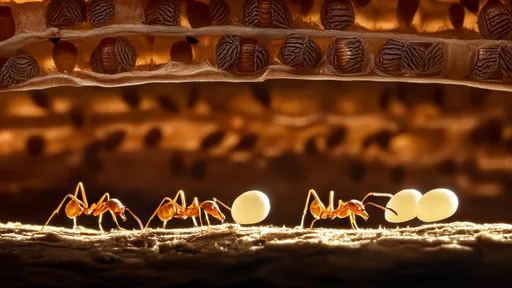
By /Aug 4, 2025
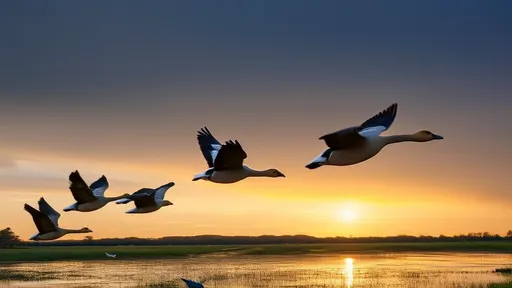
By /Aug 4, 2025
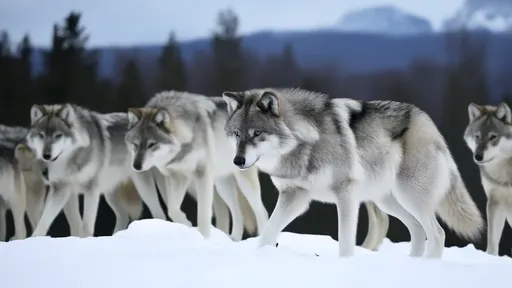
By /Aug 4, 2025

By /Aug 4, 2025
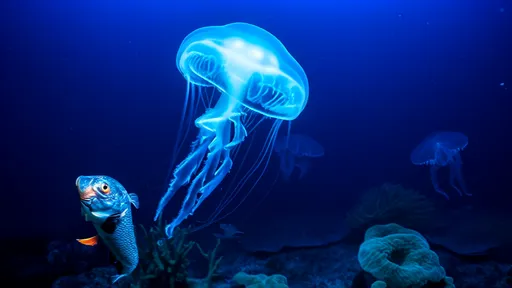
By /Aug 4, 2025
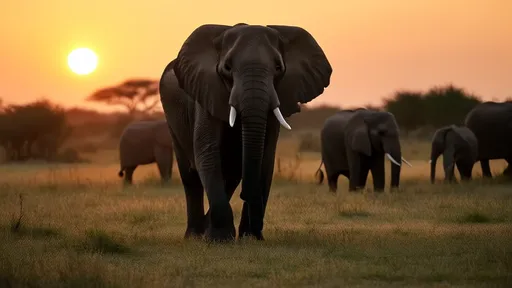
By /Aug 4, 2025
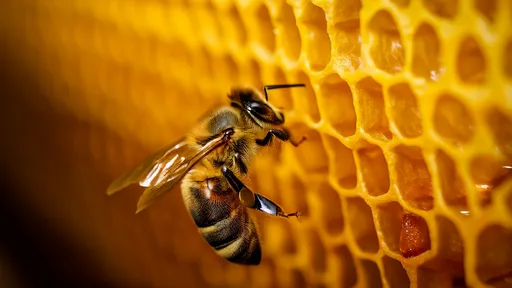
By /Aug 4, 2025

By /Aug 4, 2025
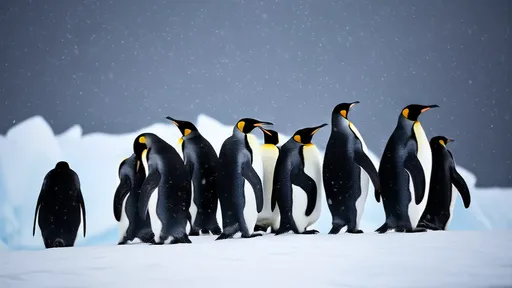
By /Aug 4, 2025
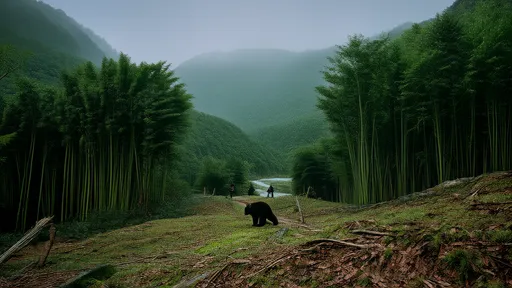
By /Aug 1, 2025

By /Aug 1, 2025

By /Aug 1, 2025
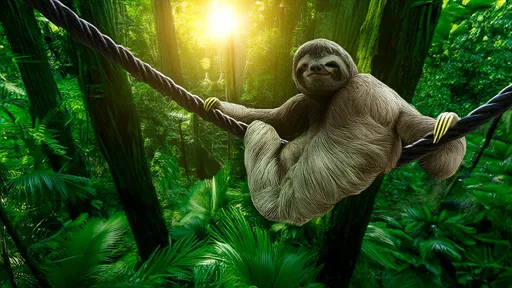
By /Aug 1, 2025
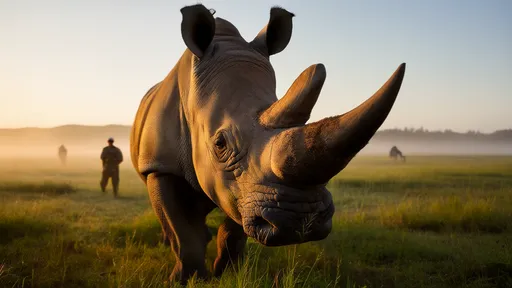
By /Aug 1, 2025
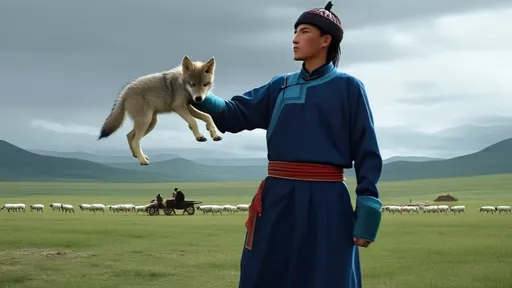
By /Aug 1, 2025
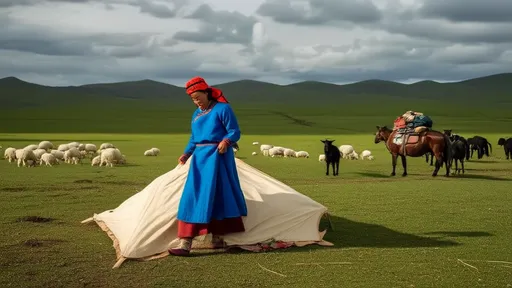
By /Aug 1, 2025
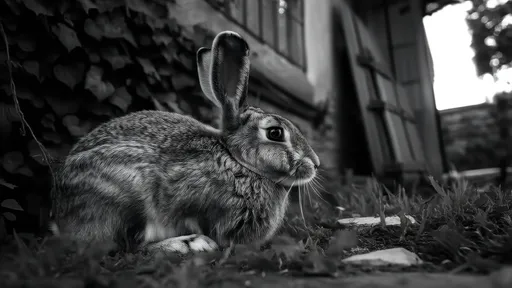
By /Aug 1, 2025

By /Aug 1, 2025

By /Aug 1, 2025